As many of you have expressed interest in the Camino de Santiago (a network of walking routes in Europe that lead pilgrims to the shrine of the apostle Saint James in Santiago de Compostela, Spain), we invited travel and lifestyle writer Rebecca Brown of roughdraft.eu (who has walked part of the Camino) to provide an overview of 3 of the main routes.
A Camino for Everyone – How to Choose the Best Route for You
You haven’t walked one of the Camino de Santiago routes yet, but you are thinking about going into this amazing adventure? You must be feeling overwhelmed by the number of options.
The truth is that no matter if you choose to cross Spain, France, or Portugal, you will have a memorable adventure and a chance to admire breathtaking landscapes, and you will most likely meet incredible people. But the views and the others pilgrims that walk the Camino aren’t the only things you should consider when choosing the best route for yourself.
To help you a bit with your decision, here is a list of three major Camino de Santiago routes, along with some pros and cons for each of them.
Looking for a Spiritual Experience? Choose El Camino Primitivo.
The Camino Primitivo is the best choice for people who want to walk the oldest route of El Camino de Santiago, hoping this would bring them a meaningful, spiritual experience. The route dates back to when the Spanish lands were controlled by the Moors, and even if it might not be as popular as other ways, it is favoured by those who want to have a quiet pilgrimage.
What to expect from choosing the Camino Primitivo? Well, the fact that it’s not so popular among the pilgrims of the present makes it quiet and liberating, but it is also harder than all the other routes; there are long ascents and descents as it goes through the Asturias mountains and there are fewer tourist attractions and restaurants.
However, this is a great choice for the most adventurous pilgrims who believe they can last more than a few days without technology and luxury and who want to admire the beauty of nature in a more meditative atmosphere.
Feeling Social and Want Some Great Company? Walk the French Way.
The French Way is one of the most popular Camino de Santiago routes, and many pilgrims say that it is also the most beautiful, as well as the best for friendly adventurers. And that is not all. The route is also famous for the great range of restaurants and breathtaking sights. You will be amazed from the moment you arrive in Saint Jean Pied de Port, a place that can charm every visitor with its beautifully arranged streets filled with happy people from every corner of the world.
This route is 790 kilometres long, and it can take you around four weeks to get to Santiago de Compostela. But you don’t have to walk the whole Camino if you don’t have enough time or if your physical condition isn’t that good. And if you can’t walk too much in one day, you can use the public transportation available on the French route. This means you might be able to make it until the end, even if you aren’t in the best shape.
Since it is the most famous of the Camino de Santiago routes, expect the French Camino to be very crowded, especially during summer. So, if crowds aren’t your cup of tea, and you want to do some soul-searching, you might want to go back to El Camino Primitivo and reconsider your choice.
Breathtaking Landscapes and Rural Areas: The Portuguese Way, a Piece of Heaven for Photographers
The Portuguese Way is the best choice for people who aren’t looking for a lonely, spiritual pilgrimage, but dislike crowds and aren’t in the mood to socialise too much.
It is the second most popular road to Santiago de Compostela, and it has great options for both eating and sleeping. Also, this route is known for some of the most beautiful vineyards and villages in Portugal and Spain. And guess what? If you walk the Portuguese Way, you get a chance to cross the border between Portugal and Spain on foot. (just don’t forget your passport!)
If you choose to begin your pilgrimage in Lisbon, you have to walk about 600 km. However, if time doesn’t permit you to travel for so many days, you can always begin walking the Portuguese Way in Oporto. This route is only 240 km long. Or maybe choose the town of Tui as a starting point, and walk only 150 km until you reach Santiago de Compostela.
No matter which route you choose, you have the opportunity to walk through charming villages, historical towns, and beautiful vineyards. And, even though it is not as populated as the French Way, the Portuguese Route also gives you the chance to see and meet pilgrims from all over the world.
The scallop shell is a symbol of the Camino, the origins of which date back centuries and are still up for debate. It is considered a visual metaphor that represents different routes converging at one place: UNESCO-designated Santiago de Compostela where the remains of Saint James were discovered in the 9th century (hence the English name, the Way of St. James.) You’ll see shells in various forms along all the Camino de Santiago routes.
My Choice: the Short Portuguese Route from Oporto
When I decided to walk El Camino, finding my way wasn’t too difficult. All the routes seemed incredible, but I chose the shorter, and less popular Portuguese Route, from Oporto. I wasn’t physically fit for longer routes at the time, and I couldn’t get too many days off work. But these are not the only reasons for my choice. Portugal and Spain are my two favourite countries and walking through both of them sounded like a great idea. And it was. The mesmerising landscapes conquered my heart, and I keep dreaming about going back.
Last but not least, thanks to the incredible sights and natural beauty surrounding the route, the Portuguese Way is a great choice for photography enthusiasts. So, if you choose this route, make sure you pack your camera.
TIP: If you want to really get to know the places you pass through and catch a glimpse of the local spirit, I advise you to begin walking very early in the morning. This way, you will have plenty of time to explore authentic village life at a relaxed pace.
More Resources
If you are looking to dive deeper into planning your El Camino walk, here are some great sites that offer plenty of practical information on what to pack, what to expect, and more details on each of the Camino de Santiago routes described here (as well as others.)

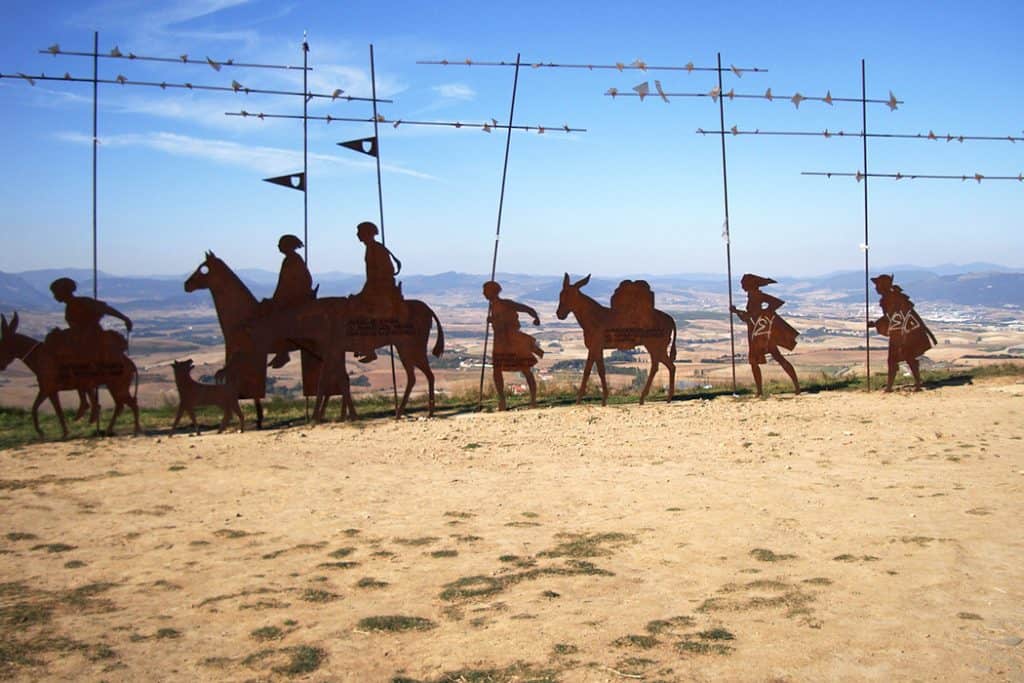
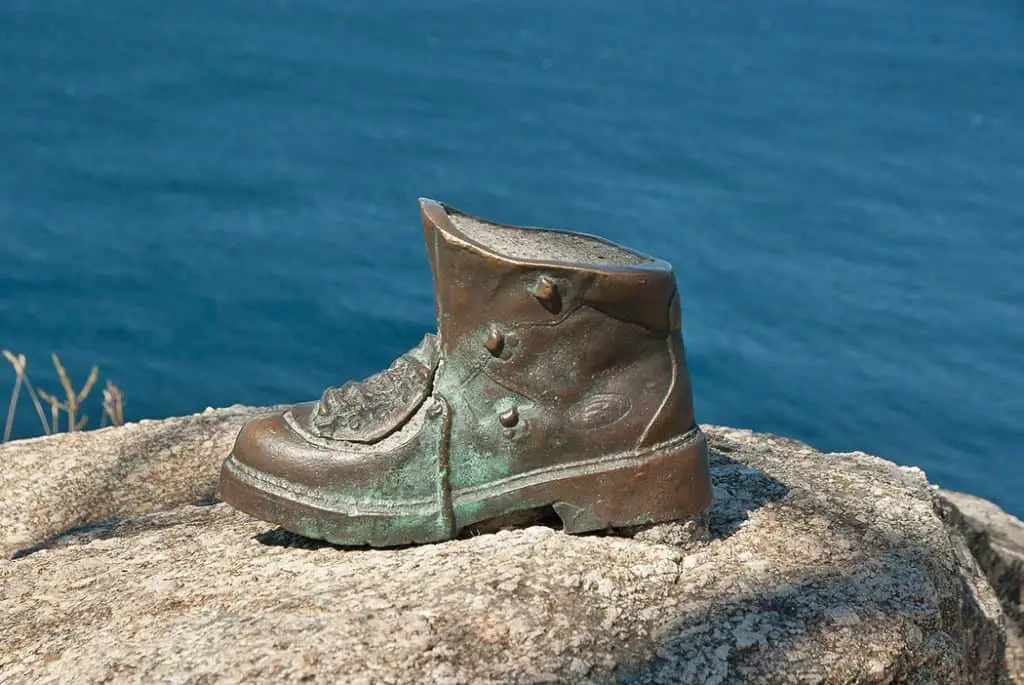
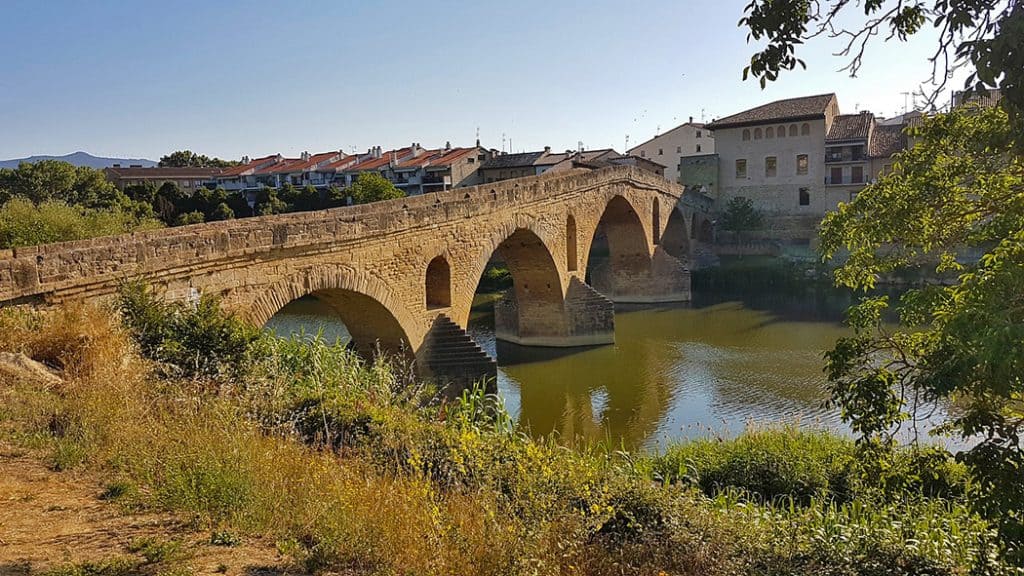
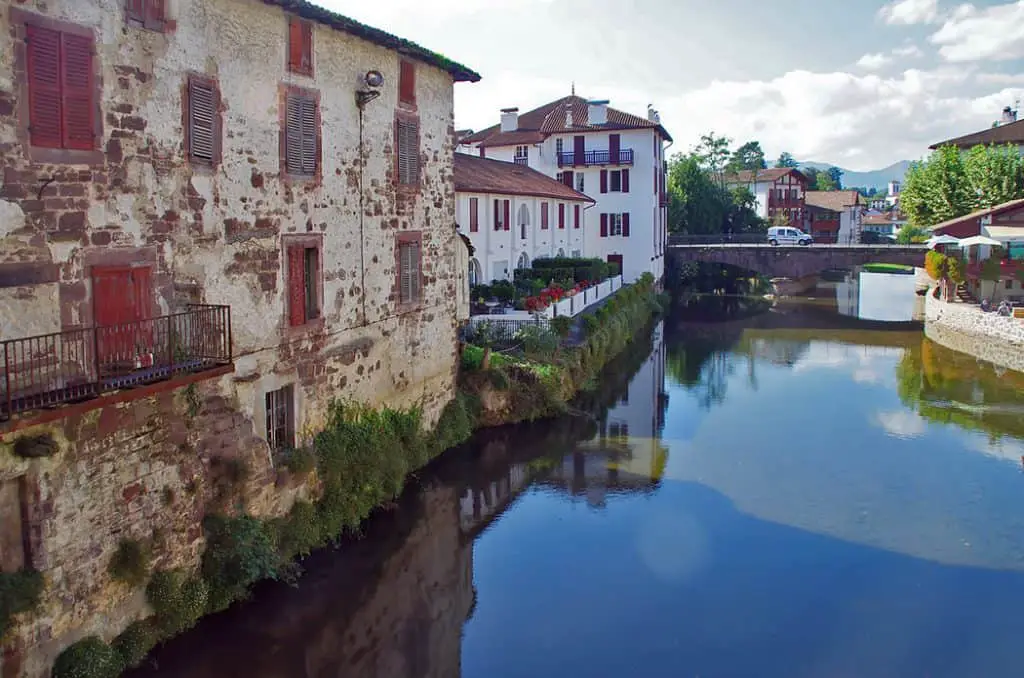
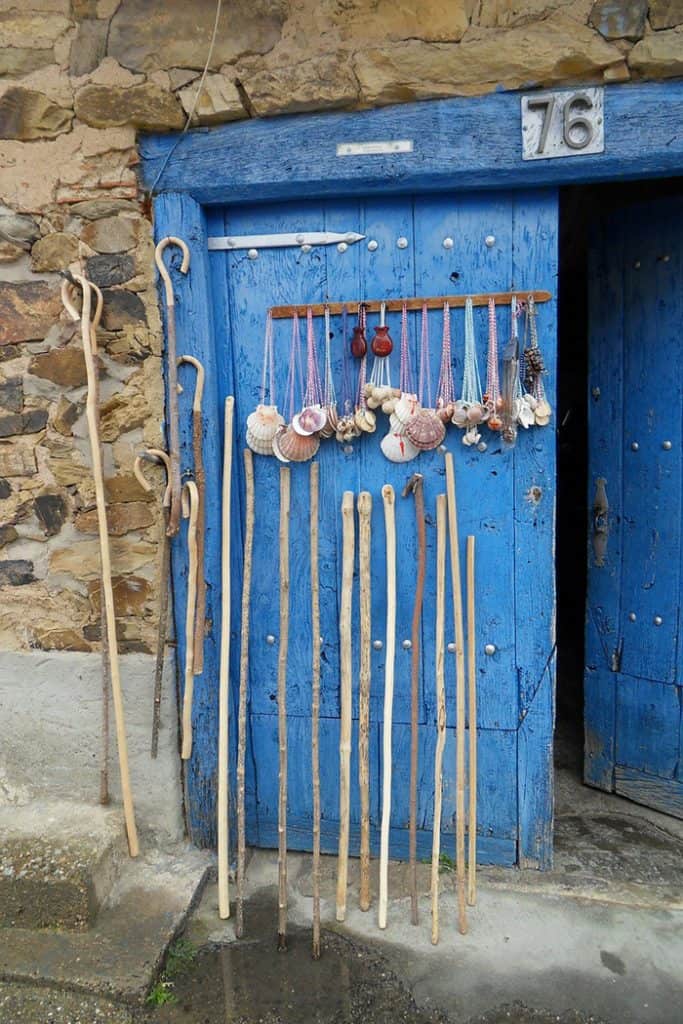
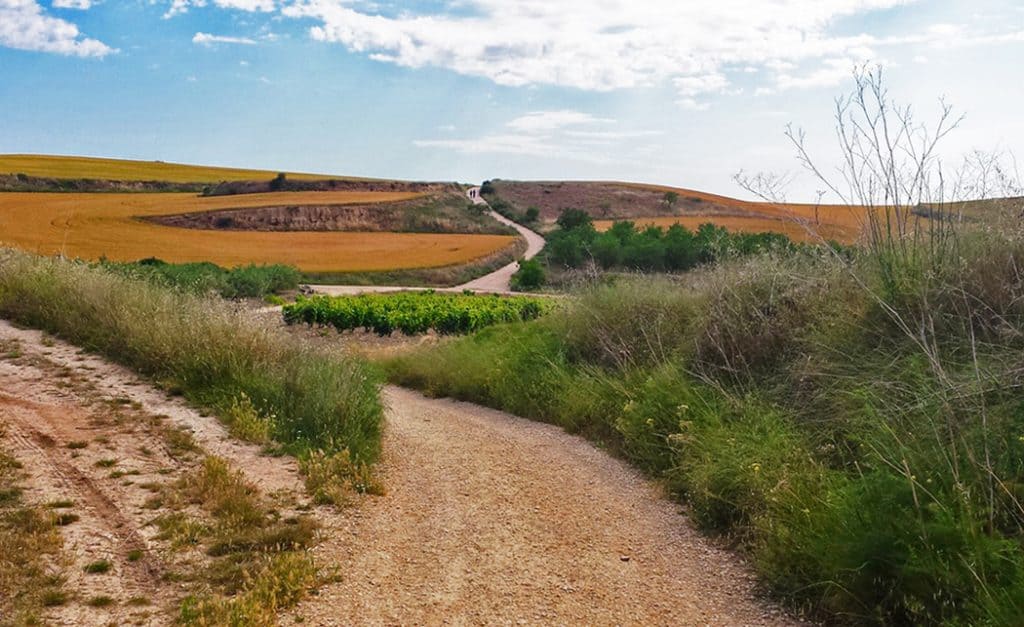
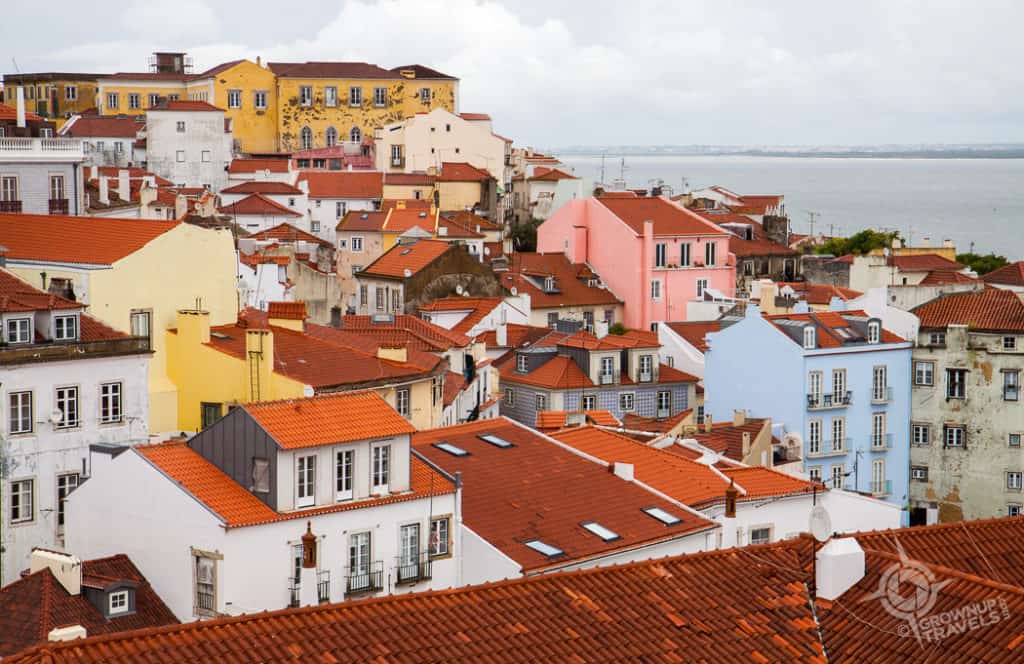
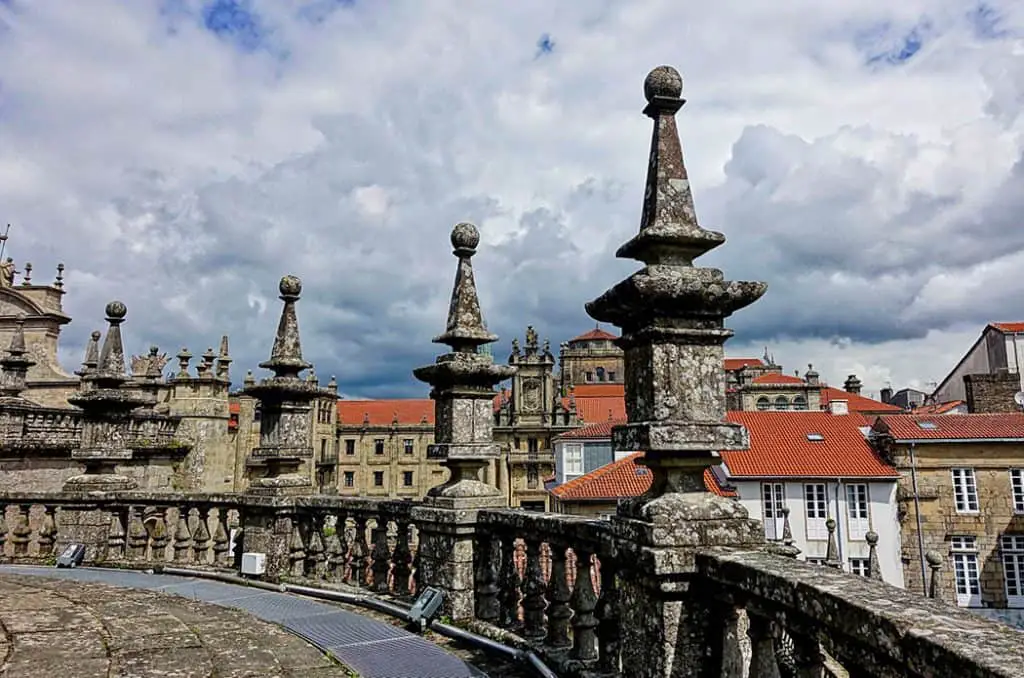
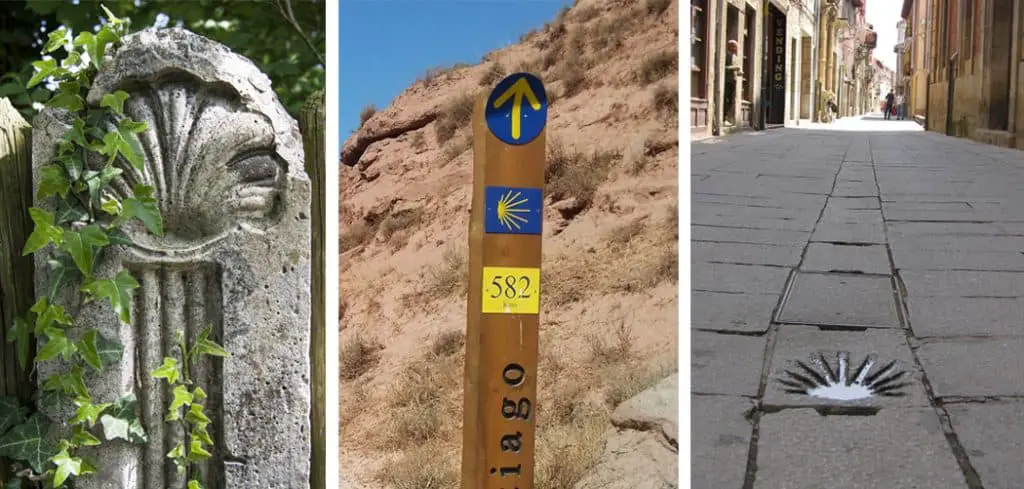
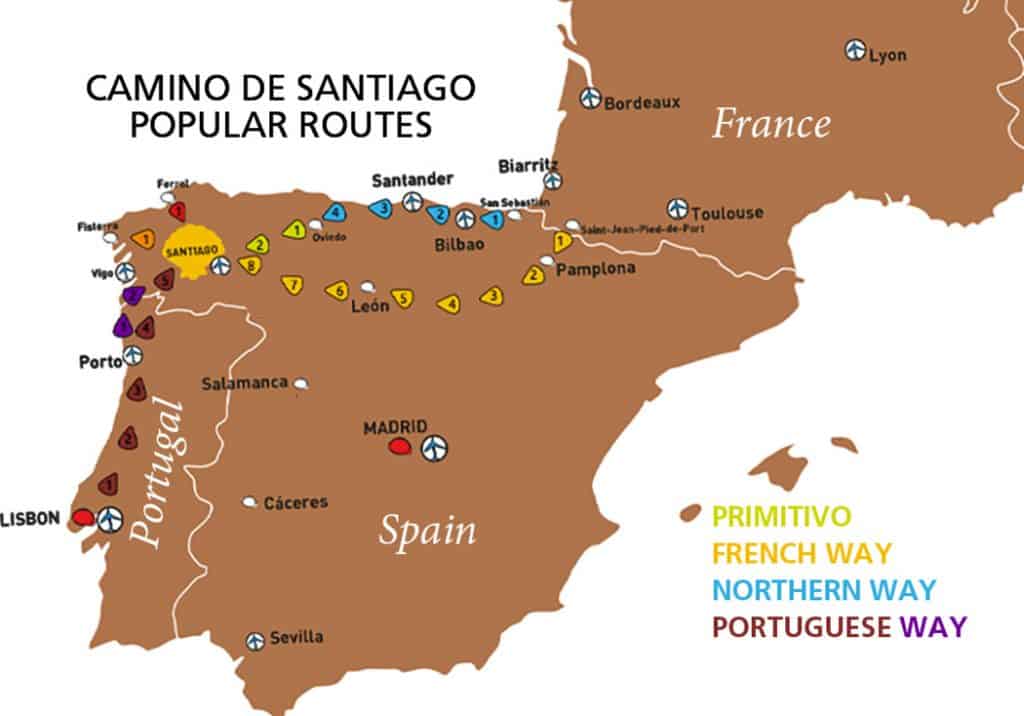
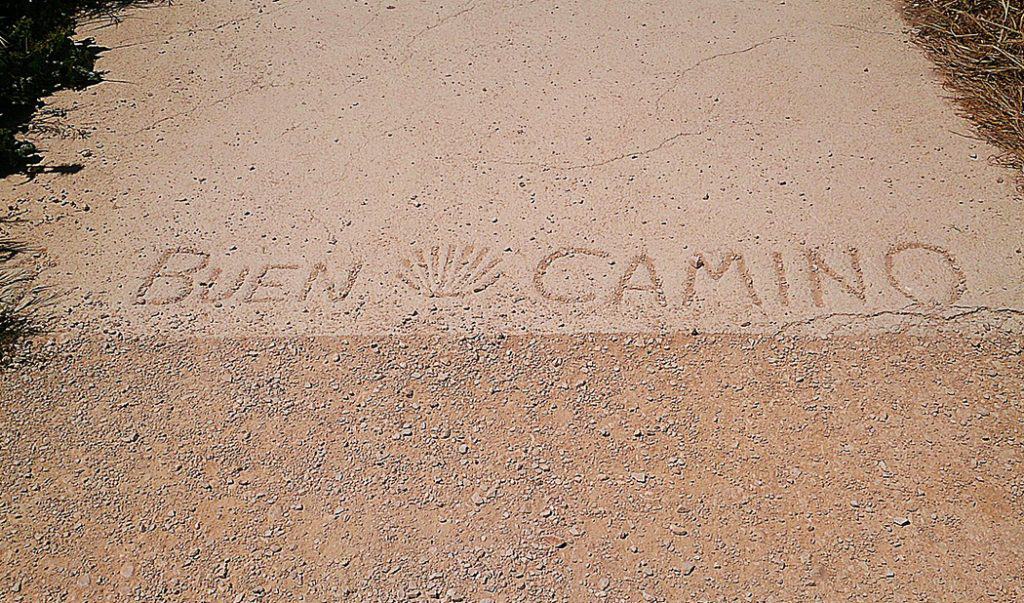
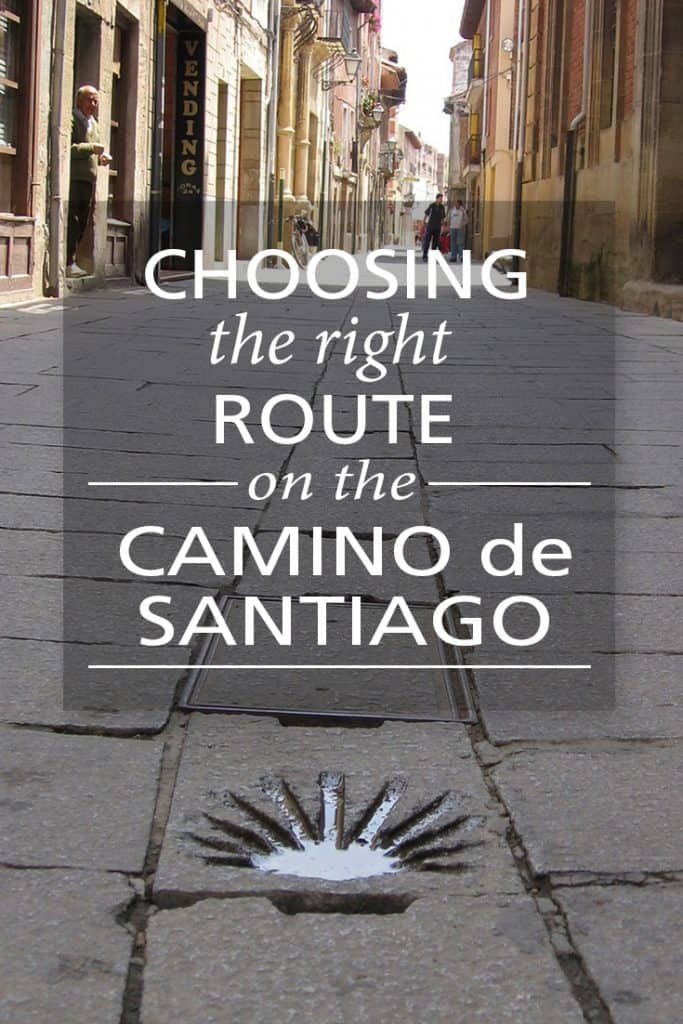











I recently walked the section from Tui to Santiago, a very rewarding experience. A bonus: my training walks were on bits of the Caminho Português all around Porto, where I live. Highly recommend this route!
That’s pretty cool, Anita. And I’m sure those training walks in beautiful Portugal sure beat hoofing it around a city! 😉
We walked the Camino Francaise and would love to do it again, or do the Northern or Portuguese routes. What a great experience.
It’s encouraging to know that having walked one route, you and Tom would do it again. I’ve only read a little of your experience, but those first-hand stories are the best preparation for people considering doing the walk, I think.
I’ve seen Camino signs all over Europe (including Ireland and Poland) – there seem to be lots of routes! I think I’m most tempted by the Portuguese route, and hope to tackle it before too long.
Yes, this article just scratches the surface, but hopefully hits on some of the more popular options for those who may be considering walking the Camino.
Each of these routes looks like an incredible adventure!
I think ‘adventure’ is the right word: I’m sure every day of the walk comes with at least one story. 😉
We are planning to do part of the Camino in a couple of years. This was such a great starting place to see where we might want to go!
Seems like it’s THE thing to do these days, for sure. I think I’d have to do some serious training before I’d take on any of the longer routes. 😉
I had no idea there were so many options/routes for hiking the Camino de Santiago!. It will require some thinking to pick my favorite.
And these are just a few of the walks. There are others as well, but these seem to be the most popular routes for all the reasons above. I think I would probably go for a shorter one, myself, at least to start.
Thank you. I have been thinking of doing the Walk and also staying for a month in Porto. You gave me the answer! The best route for us is to walk from Oporto!!!
Plus Porto is amazing, anyways! Glad this helped with your planning. 🙂
I would love to hike the Camino de Santiago. Have you watched the Martin Sheen movie ”The Way”? That was my introduction to this beautiful trial.
I hadn’t heard of that movie, Elizabeth. I’ll definitely check it out as I’d love to learn more about this experience. (Even if it is through a film)